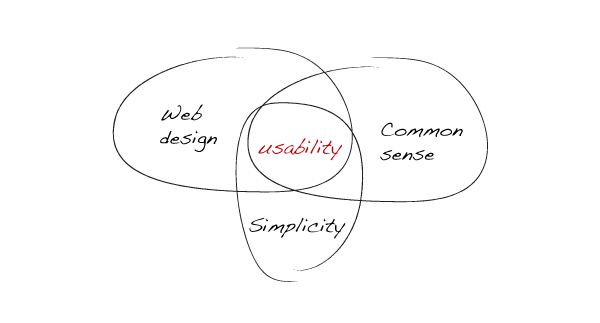
The Best Website User Experience Testing Methods
In qualitative usability website testing, your site’s target market users (or target users of a certain software application or digital device) perform designated tasks under observation by usability analysts. Pairs of analysts then compile results, determining any recurring issues which may affect, and especially hinder, site usability. Their resulting conclusions and advice then aid website and online business owners in resolving site problems and enhancing website visitor and user experience.
With highly efficient website usability testing, you can easily add vast improvements to visitor and user experience even ahead of site launch. Although early usability testing can be very cost-effective, you can actually test at any point in your site’s development. Whether usability testing and analysis is performed during paper prototypes, wireframes, HTML prototypes, Beta sites before launch or on live interfaces, problems relative to terminology and content can be identified and resolved. You as website and business owner will be reassured of delivering top quality products and services in the most technically advanced, yet creative and attractive manner.
Other Supportive Analytics and Solutions
- Attitudinal analytics is the most direct method for site conversion enhancement. Ordinary web analysis results will not reveal the identities (or descriptions) of your site’s failed visitors, or why, for instance, they abandoned their selected product orders before finalizing them. HTML customer satisfaction surveys, on the other hand, cannot reveal which site content, features, or functions were instrumental in causing visitor response. Yet, attitudinal analytics records a website visitor’s survey responses and navigational movement throughout the site as a concise, well integrated report. Through key performance metrics, demographic breakdowns and intent data, you will discover precisely who these visitors are and what paths they travelled on your site.
- Through rapid iterative testing long months of web design can be compressed into just one week, determining necessary design changes for dramatic, visible results. Digital video recordings are provided for each testing session.
- By use of behavior-based online persona development, feature prioritization studies, and information architecture profiles, websites can be restructured to best meet the needs and preferences of website browsers, returning clients, and new or potential customers. And remember, even casual Internet surfers can be captured, becoming loyal clients for an expertly designed and functioning business site. As well as customized field studies and focus groups, information architecture is very important to website visibility and easy access. The personal thoughts and preferences of your site’s clients and visitors are very important to your business success, and should influence the way you and your web designers continue to revise your website. Undoubtedly, in today’s economy, conforming your online revenue channel to the needs of your users will greatly enhance your business results and profits.
About the Author: This was a guest post by John, a Brighton web designer for web design agency Brighton Bright Site.










Lol that image is the most humorous but the most description definition of usability I have ever seen.